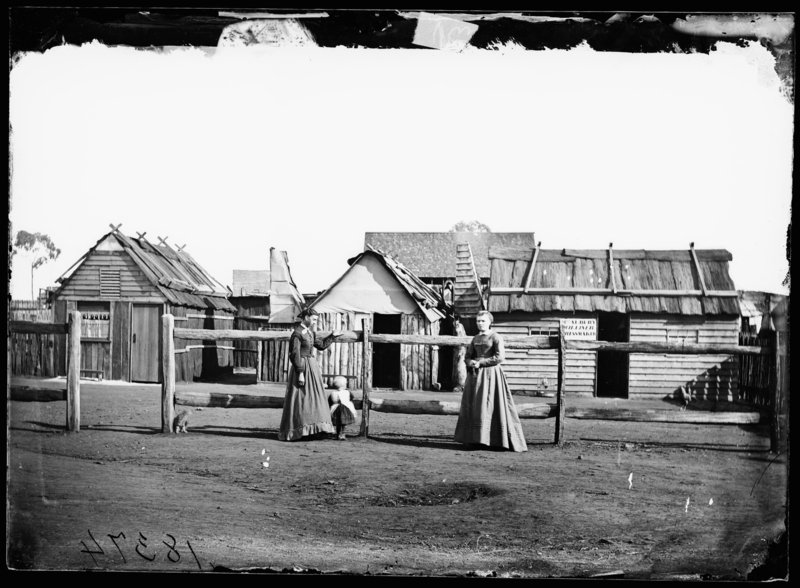On this day: It’s Louisa Lawson’s birthday

ON 17 FEBRUARY 1848 Louisa Lawson – who would become the ‘mother’ to Aussie women’s suffrage as well as the inspiration for Henry Lawson’s stoic women of the bush – was born on a modest farm more than 250km inland of Newcastle in central New South Wales.
The second of 12 children, Louisa’s cleverness shone through an impoverished beginning.
At the age of 18 her family arranged for her to marry Niels Hertzberg Larsen (who later anglicised his name to Peter Lawson), a Norwegian seaman-turned-gold prospector.
Obsessed with gold, Peter left Louisa on her own for long stretches as she cared for their four children. One, Henry, would become one of Australia’s most famous writers.
As a young mother Lawson pluckily kept her family fed by running a small dress sewing business out of a bark hut. She also converted a portion of her home into a shop to supply goods to the hordes of fortune seekers that arrived looking for gold.

Louisa Lawson (left) outside her dress shop in Gulong with son Charlie, older brother to Henry Lawson. (Credit: National Library of Australia)
Drought, however, plagued the area and at the age of 35, Louisa’s marriage to Peter ended (although she would hide this fact) and she moved her family to Sydney.
The dawning of Louisa Lawson’s suffragettes
In Sydney, Louisa immediately tapped into the intellectual movements of the city. By renting rooms at her Clarence Street house she met a range of the “most dynamic, active and influential public figures of her day… among these were Rose Scott and Susannah Gale – soon to become major figures in the fight for women’s rights and the vote,” wrote Brian Matthews, author of a 1987 biography, Louisa.
Following in the footsteps of British and American feminists, in 1888 Lawson started The Dawn: A Journal for Australian Woman. She announced that it would be edited, printed and published by women, and written specifically about issues of interest to women, publicising their social hardships and the fight for suffrage.
It wasn’t an easy journey. The New South Wales Typographical Association, which did not allow women members, protested the use of women printers, threatening some of The Dawn‘s employees.
Louisa and her staff of 10 ignored these attacks and continued to advocate change, even suggesting a married women’s union and creches for the benefit of the overworked mothers of large families and those forced into paid work, among other things.
In 1889 Lawson started ‘The Dawn Club’. The club gathered roughly 50 women to discuss social reform and women’s suffrage (the right of women to vote and stand for electoral office). The club soon was absorbed into the Womanhood Suffrage League in 1891 and Louisa was elected to its council.
In 1893 Louisa resigned and joined a rival organization, the Women’s Progressive Association because of their stronger stance on women’s entry into the workforce.
After a lengthy campaign by Australian women for sufferage, including a huge petition in Victoria that was recorded on a roll 260m-long and 2m-wide, the states finally began to acquiesce. In 1902, woman in New South Wales gained the right to vote in state elections, and it was during the celebrations that Lawson was dubbed ‘Mother of Womanhood Suffrage’.
The Lawson family legacy
Lawson’s relationship with her famous son, whose work she encouraged and published in his younger years, would deteriorate under the pressure of his notorious alcoholism.
Early on, Henry also seemed supportive of his mother’s suffragist message and it’s thought that the stoic women of the bush in his stories are based on her. Indeed, he was a key contributing author to The Dawn and married Bertha Bredt Jr., the daughter of another prominent feminist. But, his marriage ended badly and by the early 1900s his work was riddled with the poems about the bitter wiles of women.

Henry Lawson’s many faces ca. 1905. (Credit: NLA)
Louisa ended The Dawn in 1905, at which point it had been one of the longest running publications in Australia.
RELATED ARTICLES




